June 5, 2025 | 02:03 GMT +7
June 5, 2025 | 02:03 GMT +7
Hotline: 0913.378.918
June 5, 2025 | 02:03 GMT +7
Hotline: 0913.378.918

In 2023, Vietnam's rice production could reach over 43 million tons. Photo: Le Hoang Vu.
Previously, the Mekong Delta only produced two main rice crops: winter-spring and summer-autumn. Since 2000, the dike system has been built, and the area of autumn-winter rice has been expanded, helping to increase rice production and export rice output. Specifically, in 2012, rice exports made a substantial breakthrough with a record number of 7.72 million tons of rice, but since then, rice exports have declined in both volume and turnover for many years.
According to a report from the agricultural sector, in 2023, Vietnam's rice output may reach over 43 million tons, and the amount of rice exported may get a new record: 8 million tons. The Prime Minister has also just issued a directive to promote rice production and export with the following objectives: Take advantage of export opportunities, expand markets, and encourage Vietnamese rice brands to the world.
Le Van Hao, a farmer in Kenh 6 field in Phu Thanh B commune, Tam Nong district (Dong Thap), has just harvested 1.5ha of summer-autumn rice on a total area of 3.6ha. He said excitedly: “My family just cut rice a few days ago. This crop is due to favorable weather. Pests and diseases cause little damage, so the yield is more than 6.5 tons/ha, with the selling price of VND 6,700/kg (VND1,000/kg higher than the same period last year), after deducting costs, the profit is more than VND 20 million/ha.
In Vinh Hung district, farmers are also busy harvesting summer-autumn rice in 2023. According to the Department of Agriculture and Rural Development statistics, the district has harvested 6,000ha of summer-autumn rice. The weather is favorable, and the price of agricultural materials has decreased, so farmers are excited to enter the new crop. The number of harvested rice areas yields 6.2-7.3 tons/ha. The selling price of rice ranges from VND 6,400 to 7,300/kg, depending on the variety.
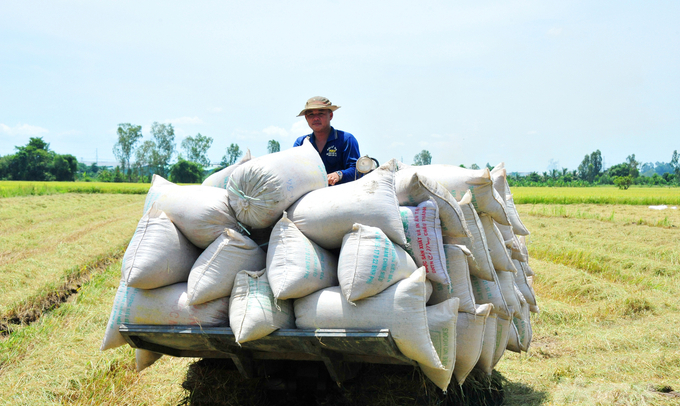
Summer-autumn rice in 2023 gives a profit of more than VND 20 million/ha. Photo: Le Hoang Vu.
According to Le Quoc Bon, Deputy Head of the Department of Agriculture and Rural Development of Vinh Hung district, the remaining area of summer-autumn rice in 2023 is in the flowering and ripening stage, and farmers are actively caring for it. The district's agricultural sector recommends that farmers regularly visit fields to detect pests and diseases promptly and take preventive measures to ensure productivity. Besides, before the complicated changes in the weather situation, especially the effects of storms and tropical depressions, farmers need to focus on quickly harvesting the ripe rice area, avoiding the rice problem. Falling due to rain will cause losses and increase the cost of harvesting.
Vietnam's rice exports are very favorable, with the export volume in the first seven months of the year reaching over 4.8 million tons, worth US$ 2.58 billion, up 18.7% in volume but up to 30% in value. The structure and types of rice for export are on the right track, with the structure of fragrant rice and high-quality rice increasing sharply.
Besides the traditional markets such as the Philippines, China, Indonesia, Malaysia, and Ivory Coast... some other markets have also experienced outstanding growth, such as the EU.

According to the Ministry of Industry and Trade, the export volume of rice in the first 7 months of the year reached over 4.8 million tons, worth US$ 2.58 billion, up 18.7% in volume but up to 30% in value. Photo: Le Hoang Vu.
However, from mid-July until now, the export market significantly changed when the world's largest rice exporter, India, issued a regulation to stop exporting Non-Basmati rice. Next, the UAE and Russia also issued a ban on rice exports. Along with that, many countries feared extreme weather events. El Nino has increased food reserves, increasing the gap between supply and demand for rice products, leading to higher export prices.
Bui Thi Thanh Tam, Chairwoman of the Members' Council - Northern Food Corporation (Vinafood 1), suggested that management agencies strictly control the volume of rice enterprises have signed to export from now to the end of the year to balance the supply.
Every year, An Giang has a program of rotating flood discharge in closed dyke areas. According to the schedule of 2 years and 5 rice crops, the flood is released once into the field to collect silt and let the land rest during the flood season. Mainly for this year's autumn-winter rice crop, the dike areas with a flood discharge schedule will be temporarily stopped. Next year will release the flood to conduct normal autumn-winter rice production.
For areas outside the dike that are at risk of flooding, depending on the water situation this year, according to the forecast, local authorities and people have an agreement if sowing seeds, they must ensure a timely harvest before the flood comes, make sure to eat before deploying.
Thus, with the Ministry of Agriculture and Rural Development's policy of expanding a part of the autumn-winter rice area, with a thorough review of safe and flooded regions, An Giang can increase by 10-12 thousand hectares of autumn-winter rice.
Regarding the winter-spring rice crop from 2023 to 2024, An Giang still ensures the same area as the years, and the sowing schedule is still according to the recommendations of the Ministry of Agriculture and Rural Development. An Giang is a land with fresh water all year round, unaffected by saltwater intrusion or severe drought in the dry months. In recent years, An Giang has been strengthened by the Ministry of Agriculture and Rural Development and the locality to invest in relatively solid in-field irrigation systems. There has been no water shortage in the dry seasons after Tet for many years. The water is still able to irrigate the fields and orchards.
Translated by Ha Phuc
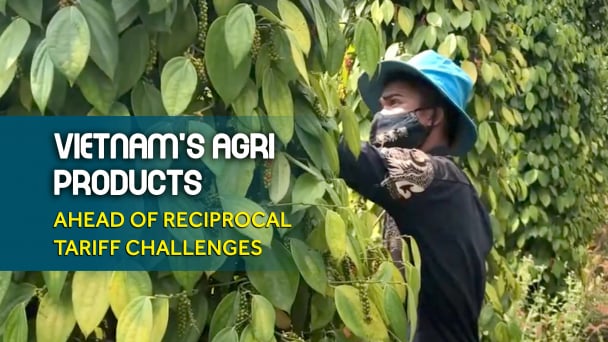
(VAN) Vietnam's pepper industry is looking forward to the final tariff decision in order to sustain its robust presence in the United States, the country's biggest pepper market.

(VAN) The U.S. is the largest market for Vietnamese cashew nuts. However, when exports to the U.S. encounter difficulties due to reciprocal tariffs, Vietnamese cashews still have many other potential markets.
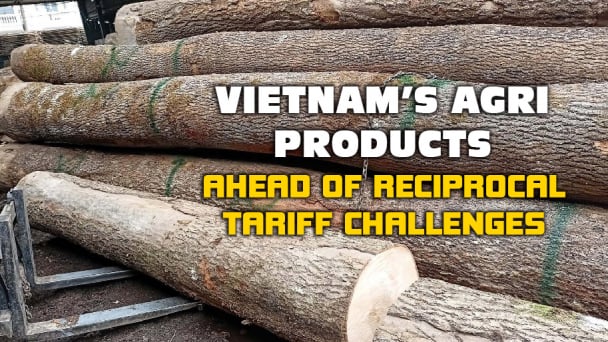
(VAN) Reciprocal tariffs present a significant obstacle to Vietnam's wood exports to the United States; however, domestic wood businesses are endeavoring to preserve their market share in this critical market.
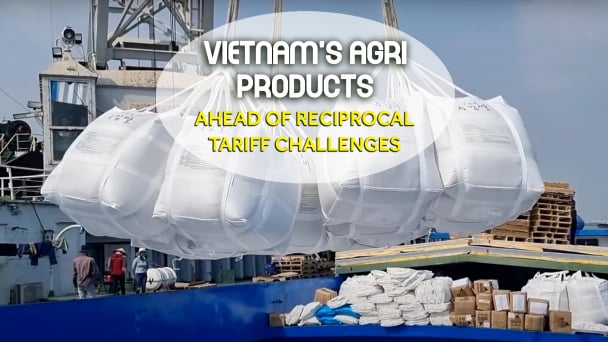
(VAN) Businesses in Vietnam are attempting to export rice to the United States ahead of the implementation of reciprocal tariffs, while remaining their optimism regarding this critical market.
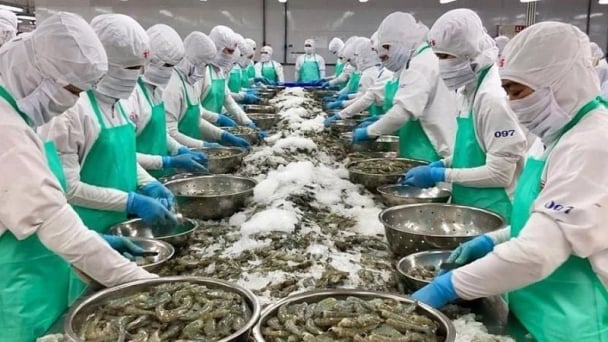
(VAN) From containers of cashew nuts, shrimp to in-depth technical dialogues, agricultural cooperation between Vietnam and the United States is entering a period of sustainable and two-way development.
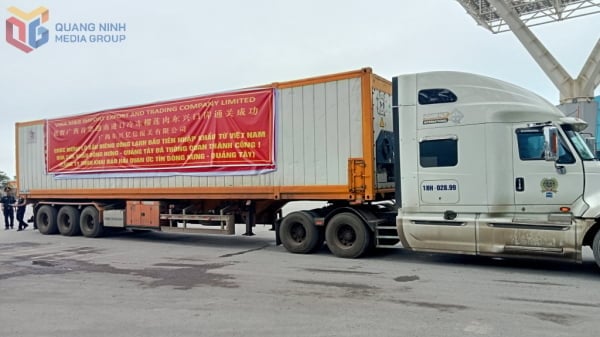
(VAN) After the talks on May 28, Vietnam successfully exported its first batch of frozen durians to China, marking a new milestone in agricultural trade cooperation between the two countries.
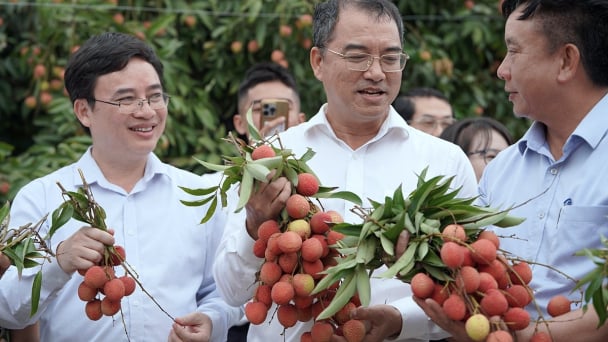
(VAN) Several major companies, such as Red Dragon and Ameii Vietnam, have signed purchasing agreements for the 2025 season, targeting markets including Japan, the United States, and the EU.